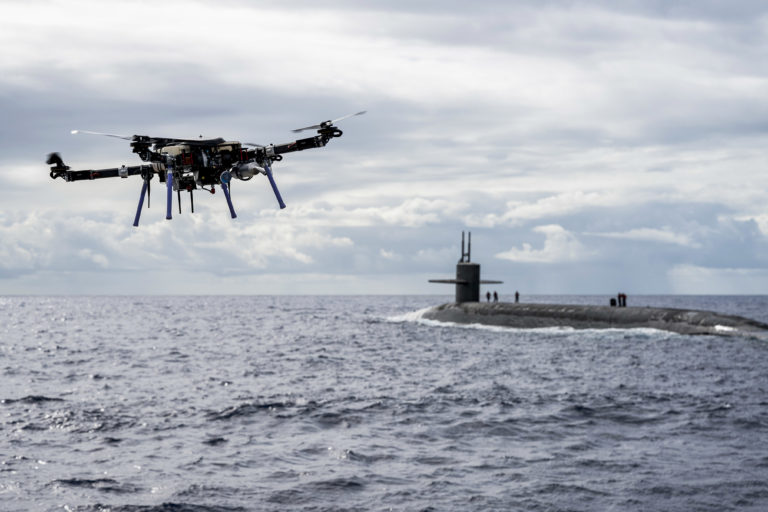Rebecca Hersman, Reja Younis

These physical and structural separations created a perceived firebreak—a barrier along the escalation ladder designed to slow or prevent accidental or automatic escalation to nuclear conflict in a conventional crisis. This notion of “firebreaking” has been integral to the theoretical underpinning of deterrence and escalation theory—including the concepts of strategic stability, secure second strike, and even the “stability-instability” paradox used to explain the coexistence of nuclear restraint and conventional aggression. Today, however, the expansion of dual-capable delivery systems and the diversification of strategic forms of warfare to include cyber, space, and advanced high precision conventional strike capabilities have sharply eroded these structural firebreaks. Just as significant, but perhaps less appreciated, are the dramatic changes in intelligence, surveillance, and reconnaissance (ISR) and the full range of systems that support strategic warning, tracking, and targeting that are increasingly combined into a single, highly capable situational awareness ecosystem that is both precise and persistent. Fueled by advances in robotics, artificial intelligence/machine learning, advanced sensor technologies, and massive growth in computing power, these highly networked, dual-capable capabilities contribute to a situational awareness picture that is far more capable but also murkier and more complex in terms of understanding and managing escalation risks along the conventional/nuclear threshold. Better understanding the ways in which this new situational awareness ecosystem intersects with the nuclear mission and the benefits and risks of these emerging capabilities will be important for managing escalation under a nuclear shadow.
No comments:
Post a Comment